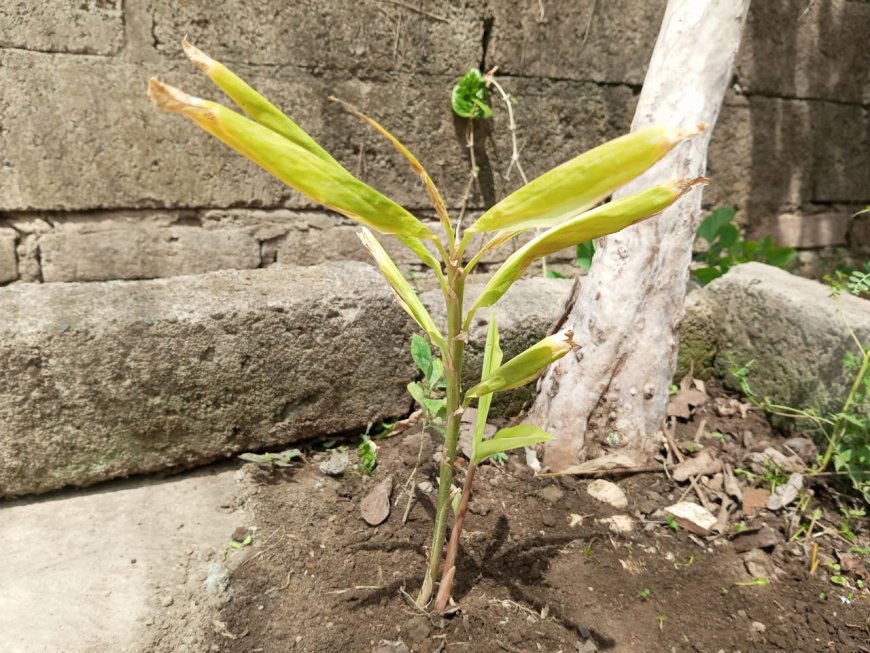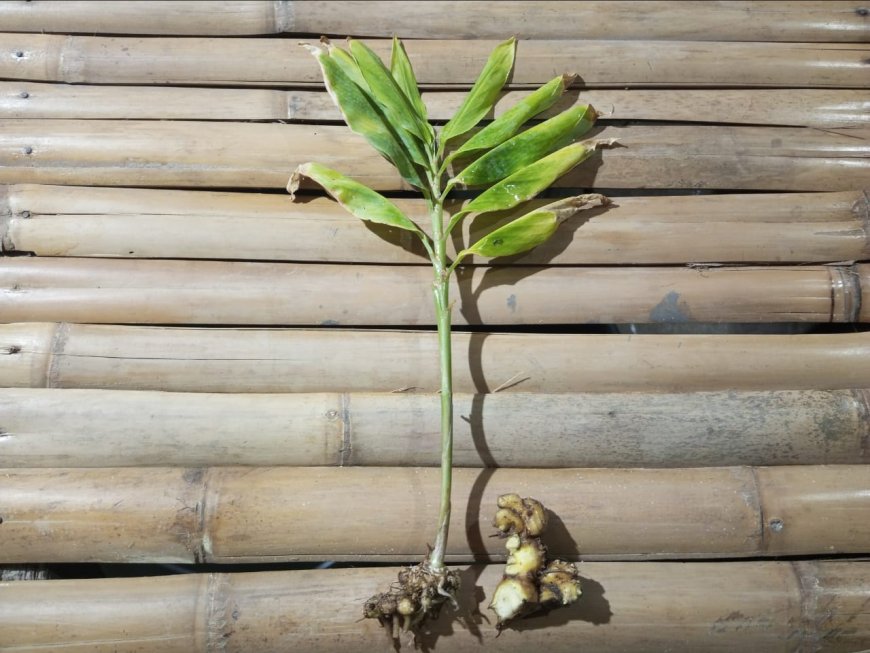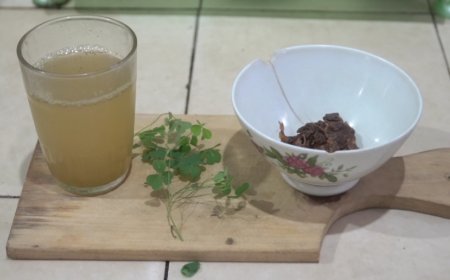Gamongan: a Rhizome Plant That Has Many Health Benefits
Usadha is a traditional healing science in Bali which has been passed down from generation to generation by ancestors from time to time to cure various diseases, one type of Usadha is Lontar Taru Pramana, where this lontar explains the types of plants that can be used for traditional medicine, There are various types of plants written in the taru pramana palm leaves, one of which is gamongan

The ancestral heritage of the island of Bali is endless, Bali is indeed famous for its beauty and cultural diversity. Apart from that, the island of Bali also has a cultural heritage that is no less interesting to know and study. This cultural heritage leads to traditional medicines which are often known as Usadha. Usadha Bali is a traditional healing science in Bali which has been passed down from generation to generation by ancestors from time to time to cure various diseases. There are several types of Usadha and one of them is the Lontar Taru Pramana, where this lontar explains the types of plants that can be used for traditional medicine, there are various types of plants written on the leaves of the lontar taru pramana, one of which is gamongan.

Gamongan Rhizome (Photo Source : editorial collection)
Gamongan in Indonesian is called lempuyang or in Latin zingiber zerumbet which is included in the Zingiberaceae family, this plant comes from tropical areas such as Southeast Asia and it is not surprising that this plant is often found in Bali. The characteristics of this gamongan are that the leaves are long lanceolate, the stems grow in the form of bushes or clumps, and the flowers are red. The part that is used in the gamongan plant is the rhizome because it contains substances such as antioxidants, flavonoid phenols, carbohydrates, protein. , fiber, potassium, magnesium, calcium, and also vitamin C.
In the lontar taru pramana it is stated that the gamongan plant can treat kiting hands by chopping the rhizome then giving it coconut oil and then placing it on the affected part, this is the same as what is written in the lontar taru pramana about gamongan, the text of the manuscript is “tityang mewasta wit gamongan, daging tiyang panes, daun tiyang panes, tityang dados tamba tangan kiting, ambil umbin tityang, madaging minyak nyuh ring abu awon, tempel sakitnya” in English the meaning is “My name is Gamongan, my flesh is hot, my leaves are hot. I can use it as a medicine for kiting hands, take the tuber filled with coconut oil, apply it to the affected part”.

Loloh Paye Gamongan (Photo Source : editorial collection)
Apart from the benefits contained in Lontar Taru Pramana regarding gamongan, there is also the term empiricism, namely that all knowledge comes from human experience and that is what the ancestors in Bali did, so apart from treating kiting hands, gamongan can also treat several diseases by processing it into loloh. Before continuing, did you know loloh? If not, let me give you a little understanding about loloh, loloh is a traditional concoction from Bali which is made by using plant parts ranging from roots, rhizomes, flowers, leaves, fruit and also stem bark to make it a herbal drink.
As previously explained, the gamongan plant can be used as loloh such as loloh paye gamongan which is a mixture of herbal plants in the form of gamongan and also the stalks of the bitter melon plant or commonly called katik paye. To make loloh paye gamongan you need to prepare several ingredients such as water, salt, lempuyang or gamongan, bitter melon stalks or katik paye, and several additional ingredients that can be added such as turmeric, leaves for example suji leaves, kaffir lime leaves, or lemongrass for aroma and taste, If all the ingredients are available, you can roughly chop or mash the katik paye and gamongan, this will help release the active substances and flavors of the ingredients, then place them in a pan with enough water to cover them, if using complementary ingredients, can be added now. Heat the mixture until it boils, let the mixture boil for a few moments until the juice comes out. You can taste it and decide how long you want to simmer it based on the level of flavor you want. If you think it's enough, you can filter it using a sieve, strain this mixture to separate the juice and dregs. The filtered results are the main nutritional content and taste of Loloh Paya Gamongan. This loloh is usually served cold or warm, depending on taste. You can add salt according to taste to break down the bitter taste in loloh paye gamongan. Some also add leaves for extra aroma and taste. This loloh has several benefits such as overcoming digestive problems, preventing constipation, increasing appetite, maintaining the body's immunity and as an antitoxin for disease.
So that's the explanation about gamongan, which is one type of plant mentioned in the Lontar Taru Pramana to cure kiting hand disease, but not only that, thanks to the experience of our ancestors, gamongan can be processed into a traditional drink called loloh paye gamongan by adding several herbal plants. others such as paye or bitter melon which actually have many health benefits, and this drink has been passed down from time to time so it can be enjoyed today.





























































